| Structure | Name/CAS No. | Articles |
|---|---|---|
 |
Ethidium bromide
CAS:1239-45-8 |
|
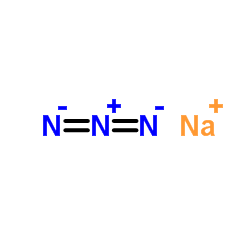 |
Sodium azide
CAS:26628-22-8 |
|
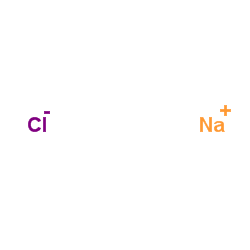 |
sodium chloride
CAS:7647-14-5 |
|
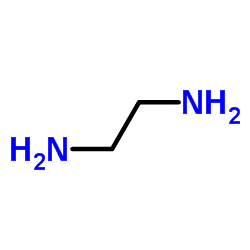 |
1,2-Ethanediamine
CAS:107-15-3 |
|
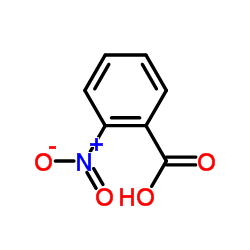 |
2-Nitrobenzoic acid
CAS:552-16-9 |
|
 |
Pyrogallol
CAS:87-66-1 |
|
 |
sodium dodecyl sulfate
CAS:151-21-3 |
|
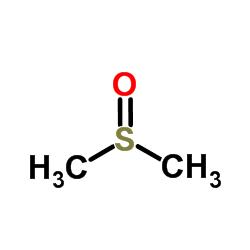 |
Dimethyl sulfoxide
CAS:67-68-5 |
|
 |
6-Aminopurine phosphate
CAS:70700-30-0 |
|
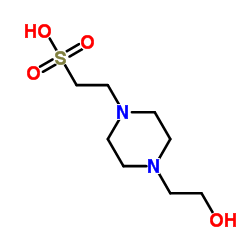 |
HEPES
CAS:7365-45-9 |